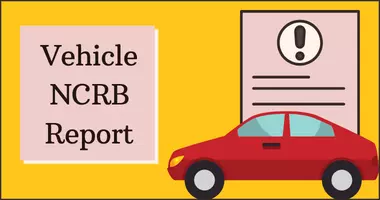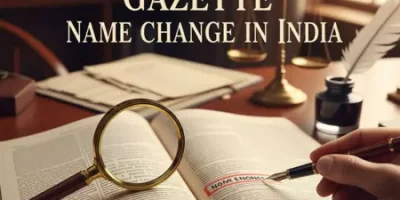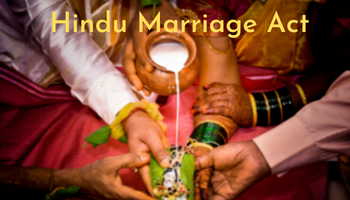The term ‘death certificate’ can refer either to a document issued by means of a person such as a Registrar of vital statistics that declares the date, location and cause of a person’s death which is later entered in the official Register of Births and Deaths or, in some cases, to a document issued by means of a medical practitioner certifying the deceased state of a person.
The Registrar usually requires a certificate from a coroner or medical physician in order to confirm the cause of death and in order to identify the deceased person before issuing a death certificate. In some jurisdictions, a police officer or a paramedic may be allowed to sign a death certificate under specific circumstances, usually when the cause of death seems obvious and no foul play is suspected, such as in extreme old age. In such cases of death, an autopsy is seldom performed. Autopsies are still commonly performed in the event that there is any chance that alcohol, other drugs or foul play have a role in the accident.
Death Certificate
Death certificates are also issued for Still Births ((that is, babies born after 24 completed weeks of pregnancy showing no signs of life) by the Registrar of Births and Deaths.
Although it will be the last thing you are thinking of when a loved one passes away, a properly filed death certificate is a necessity for various reasons. A certified death certificate may be required in order to establish the fact of death legally, in order to administer the deceased person’s estate, in order to get access to a family member’s credit history, or in order to access insurance proceeds.
Documents required for Death Certificate
- Proof of birth of the deceased (birth certificate)
- An affidavit specifying the date and time of death
- A copy of the ration card of the deceased
- Cremation certificate (if any)
- The required fee in the form of court fee stamps
- Evidence of relationship with the deceased, complete address and proof of nationality of the person applying for the Death Certificate.
- For the purpose of showing evidence of relationship with the deceased, a birth certificate naming both parents and passport showing family details (if the deceased is a parent), marriage/ civil certificate (in the event that the deceased is a spouse) may be used.
- For the purpose of showing proof of address, Passport, Bank Statement/ Passbook, Post Office Account Statement/Passbook, Ration Card, Voter ID or Driving License may be used.
- For the purpose of showing proof of nationality, a birth certificate, Voter ID, Passport may be used.
- Medical certificate of the cause of death signed by a doctor
- Organ donor card of the deceased (if any)
All documents shown as proof must be self-attested by the applicant.
How to apply for a Death Certificate
- The application form in order to apply for a death certificate is available with the local body authorities of the area in which the deceased used to reside and also with the Registrar of Births and Deaths (and on their website online).
- The death must be initially registered with the concerned local authorities of the area where the deceased used to reside within 21 days of its occurrence, by filling up the form given by the Registrar and by attaching the required documents, in order to apply for a Death Certificate.
- The form contains details such as: Date of Birth/Death, Sex ( Male or Female), Place of Death, Father’s Name, Mother’s Name, Name of hospital/nursing home/medical institutions where the death occurred, Residential address in case death occurred at home.
- This form is verified by local authorities and is approved after verification and clearance.
The citizens of India can also apply for a death certificate online for deaths occurring at home on the site http://crsorgi.gov.in/web/index.php/auth/signUp, within 21 days of its occurrence.
Here, the applicant has to fill out the submission form containing the following details:
- Username of the applicant
- User Email ID
- Mobile number of the applicant
- Date of occurrence of Death
- State of occurrence of Death
- District of occurrence of Death
- Sub District/ Taluk of occurrence of Death
- Village/ Town of occurrence of Death
- Registration Unit of occurrence of Death
- Captcha showed on the screen
After successfully logging in, applicants will need to fill the complete death reporting form (both legal as well as statistical portion) to the best of their knowledge and belief.
Applicants must then get a print out of the application and give it to the concerned Registrar by hand at the given address (address will appear on the bottom of the print out of application) along with the required documents (mentioned above).
After successful submission of the application, the applicants will get a confirmation mail on the provided e-mail id.
The applicants will also be informed about the status of the application through e-mail immediately after receipt of the application by the concerned registrar.
The details of the registered event will be informed through e-mail or it can be checked anytime from the home page of the portal by quoting the Application Reference Number given after registration.
Fees for Death Certificate
- Death registrations done within 21 days of its occurrence are done free of cost at the Registrar of Births and Deaths.
- Between 21 and 30 days of the occurrence of the death, a late fee of approximately INR 25 must be paid along with the information in the prescribed form (Form 2).
- Between 30 days to 1 year after the occurrence of the death, a late fee of approximately INR 50, the information in the prescribed form (i.e. Form2), Non-Availability Certificate (Form 10), Affidavit/Declaration by the applicant, and permission from the competent authority (the Joint Director of Statistics) is required.
- If the death is registered after a year of its occurrence, the applicant can get the certificate by Order of a First Class Magistrate only, which can be a lengthy process. The applicant will also need to submit the information in the prescribed form (i.e. Form2), Non-Availability Certificate (Form 10), and Affidavit/Declaration by the applicant along with the prescribed late fees.





Leave a Reply